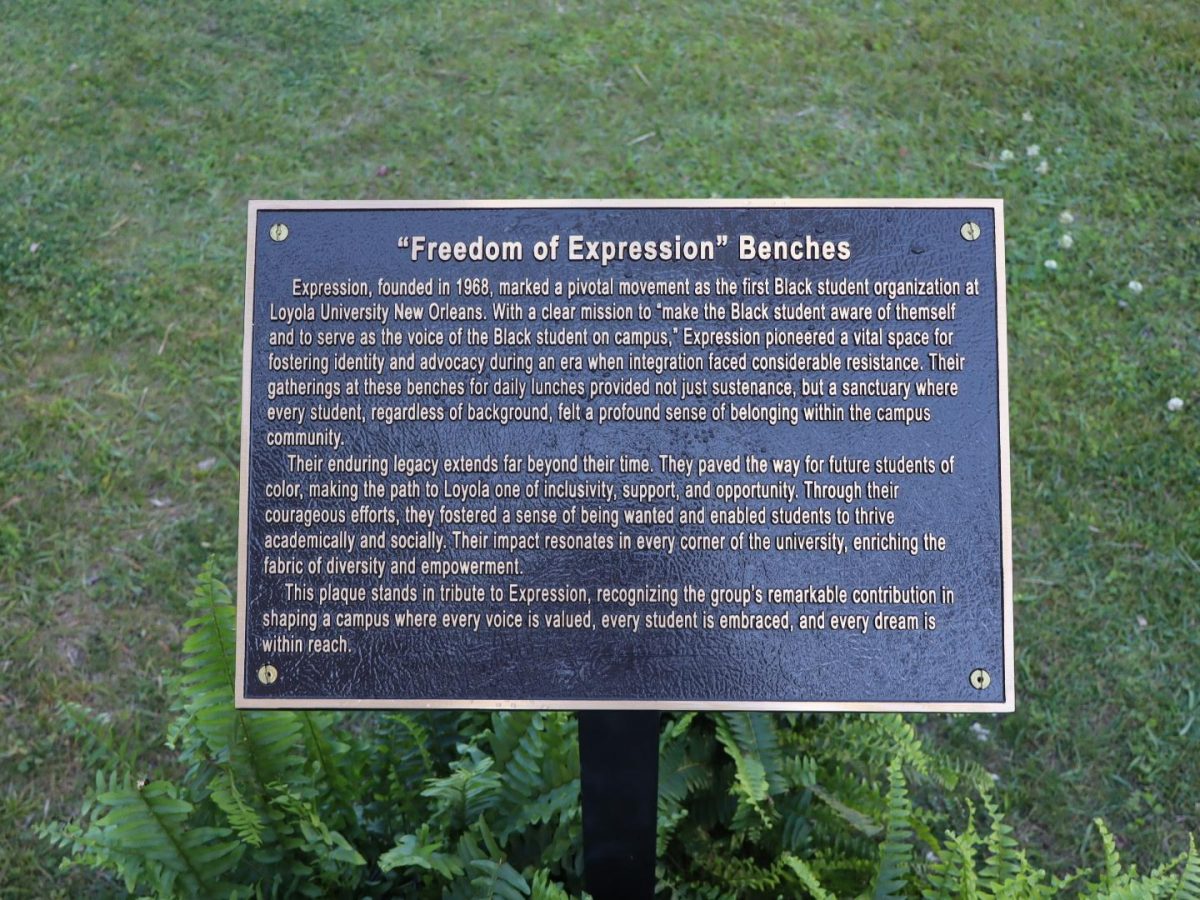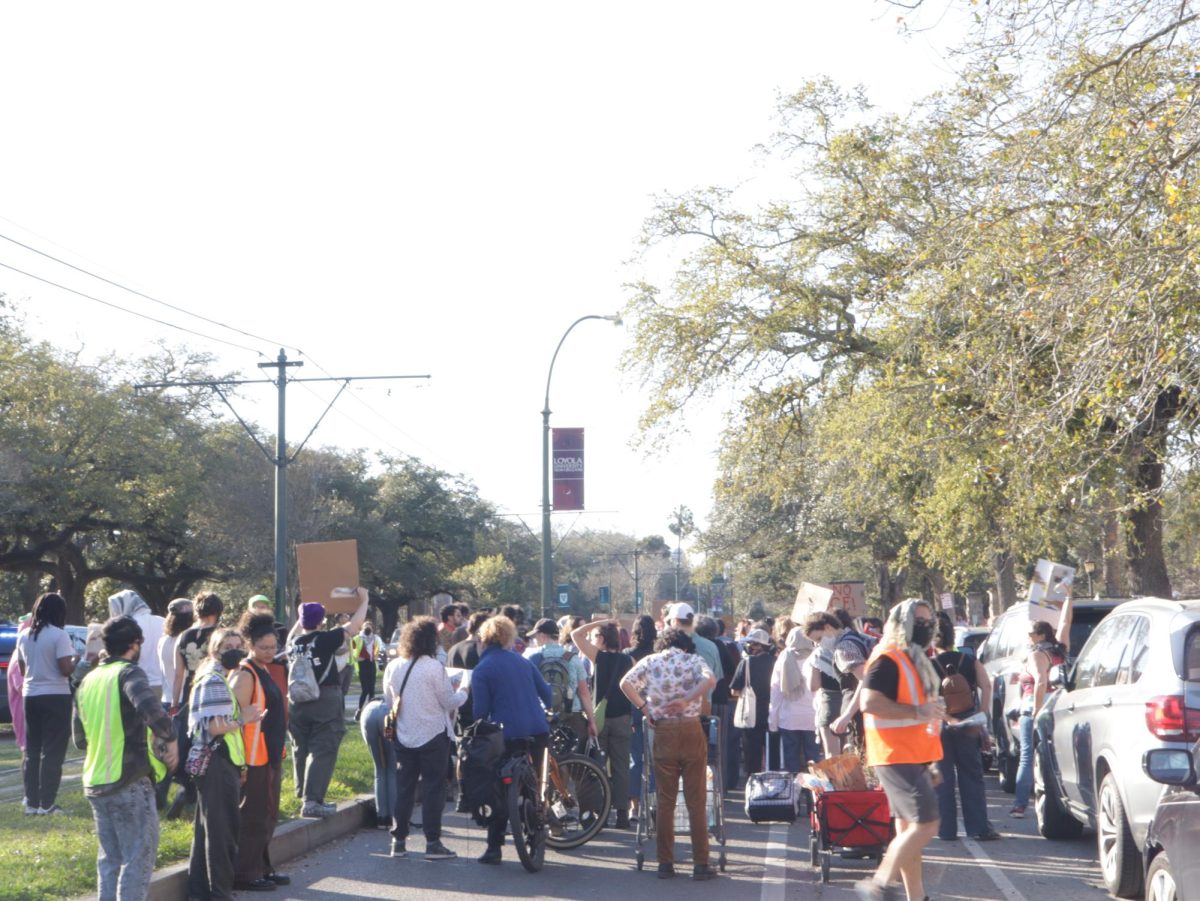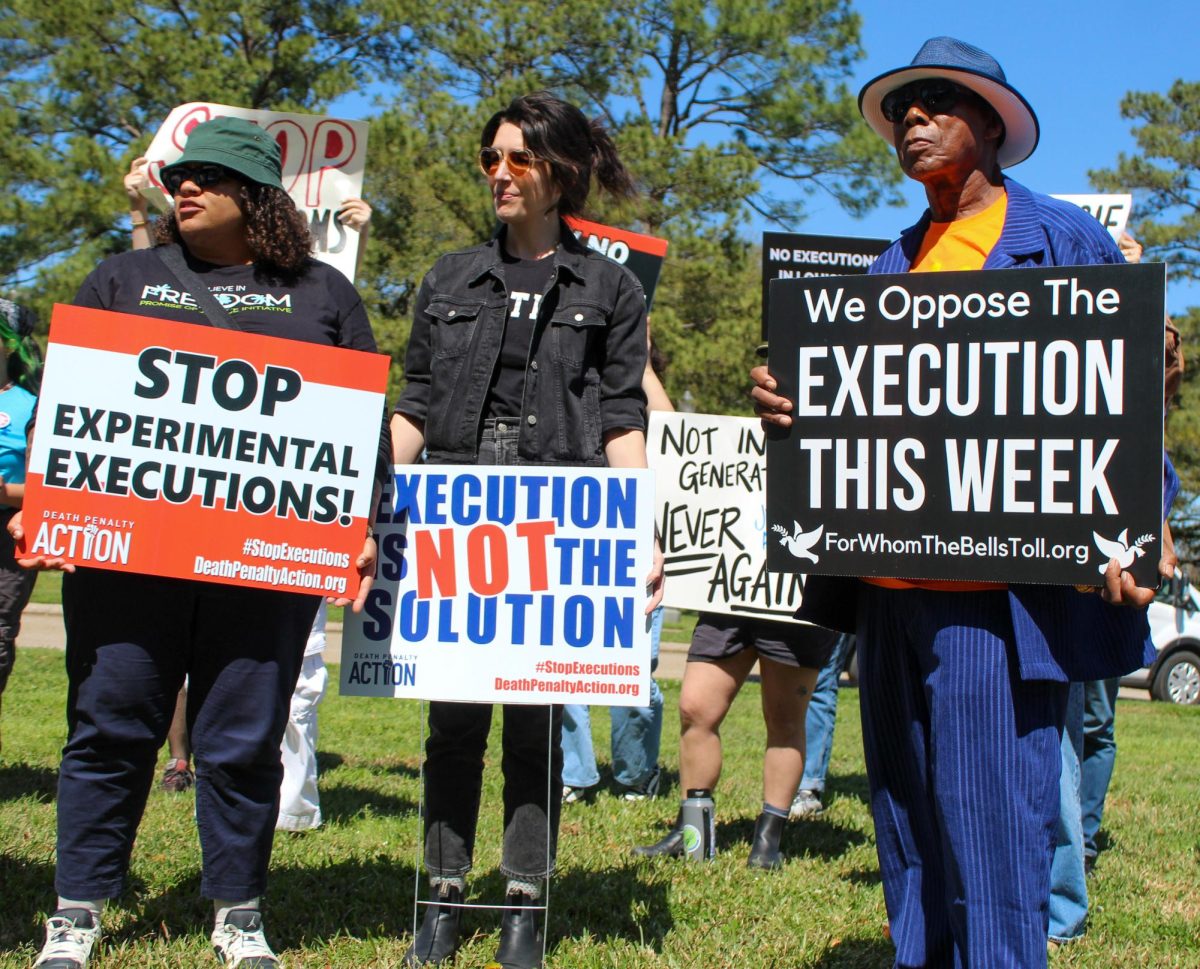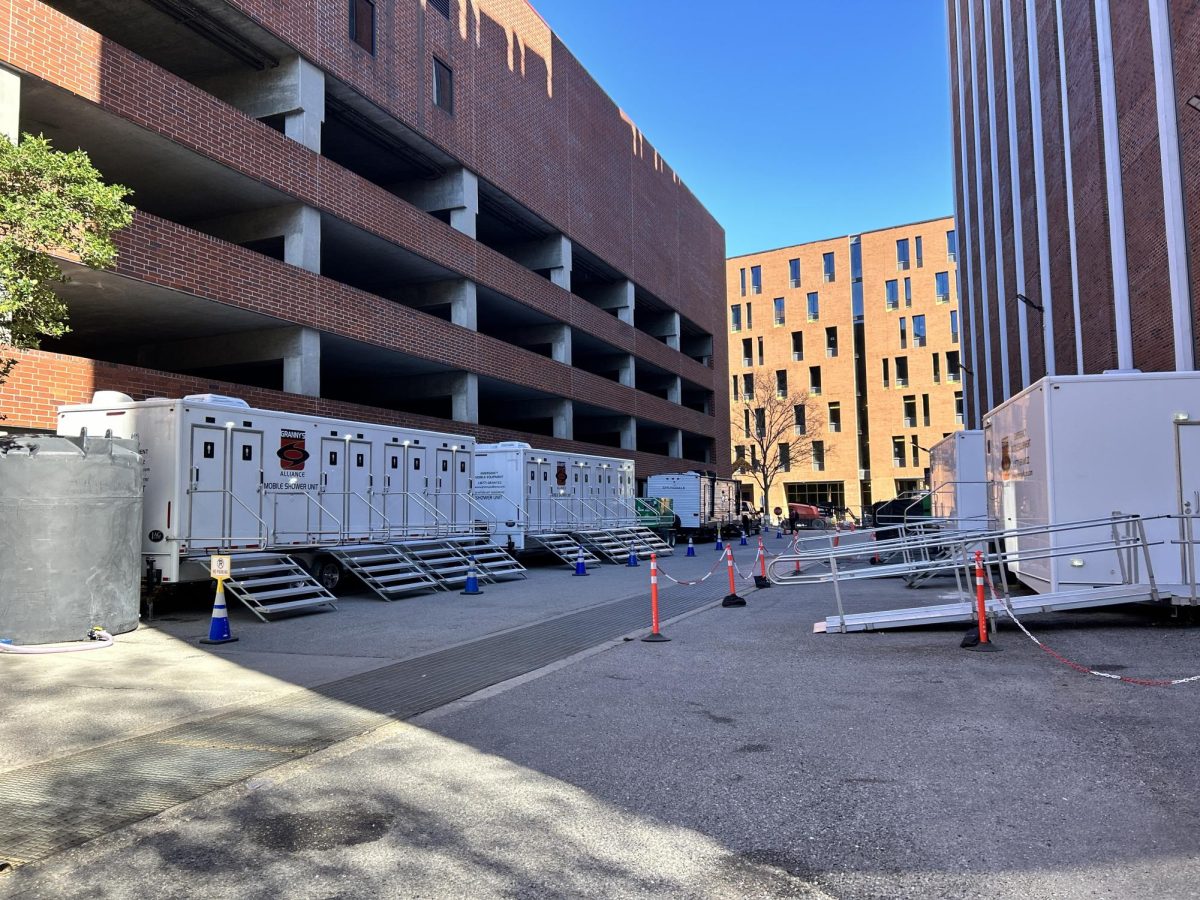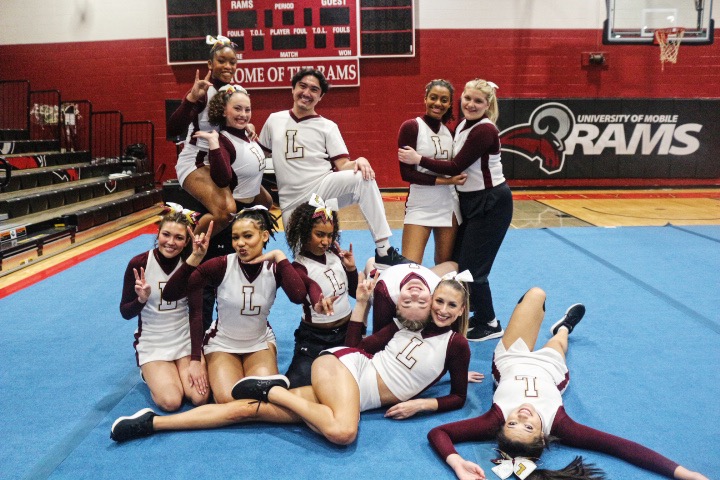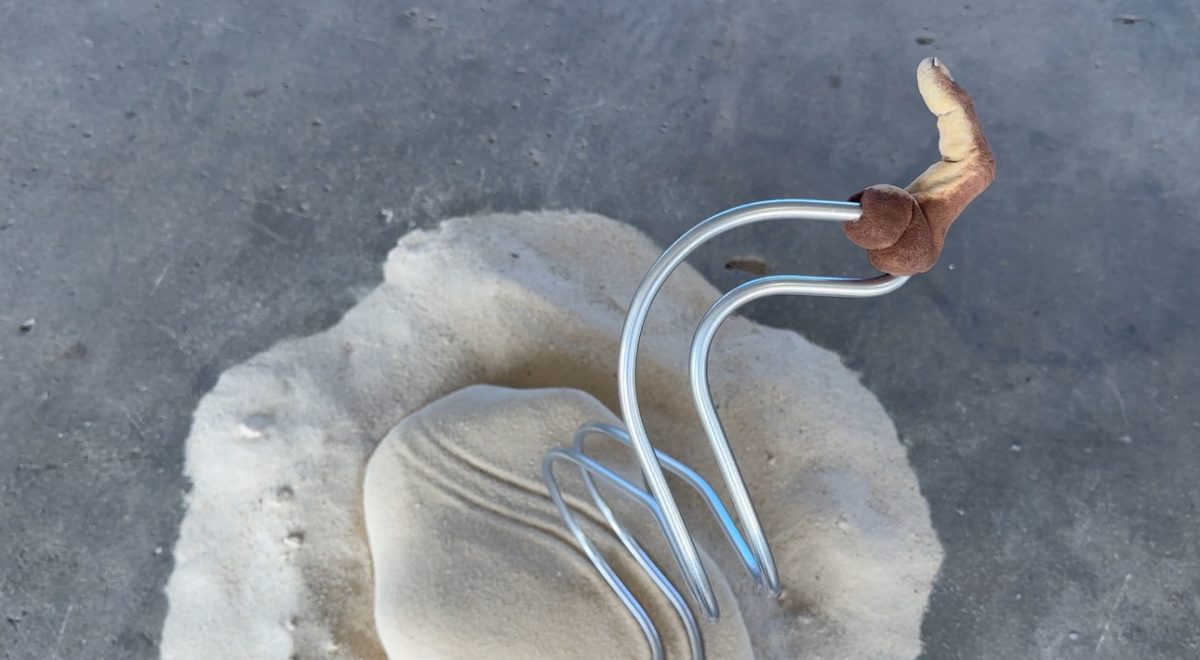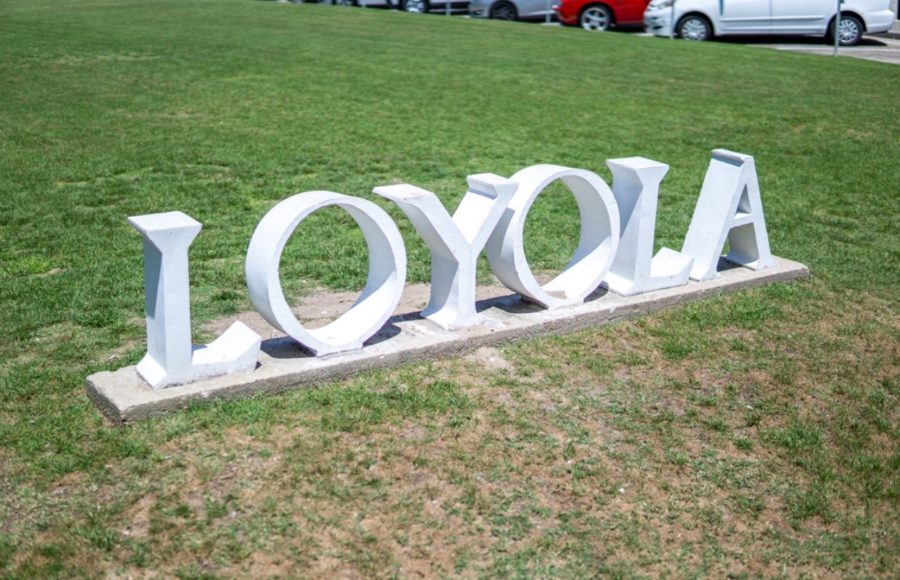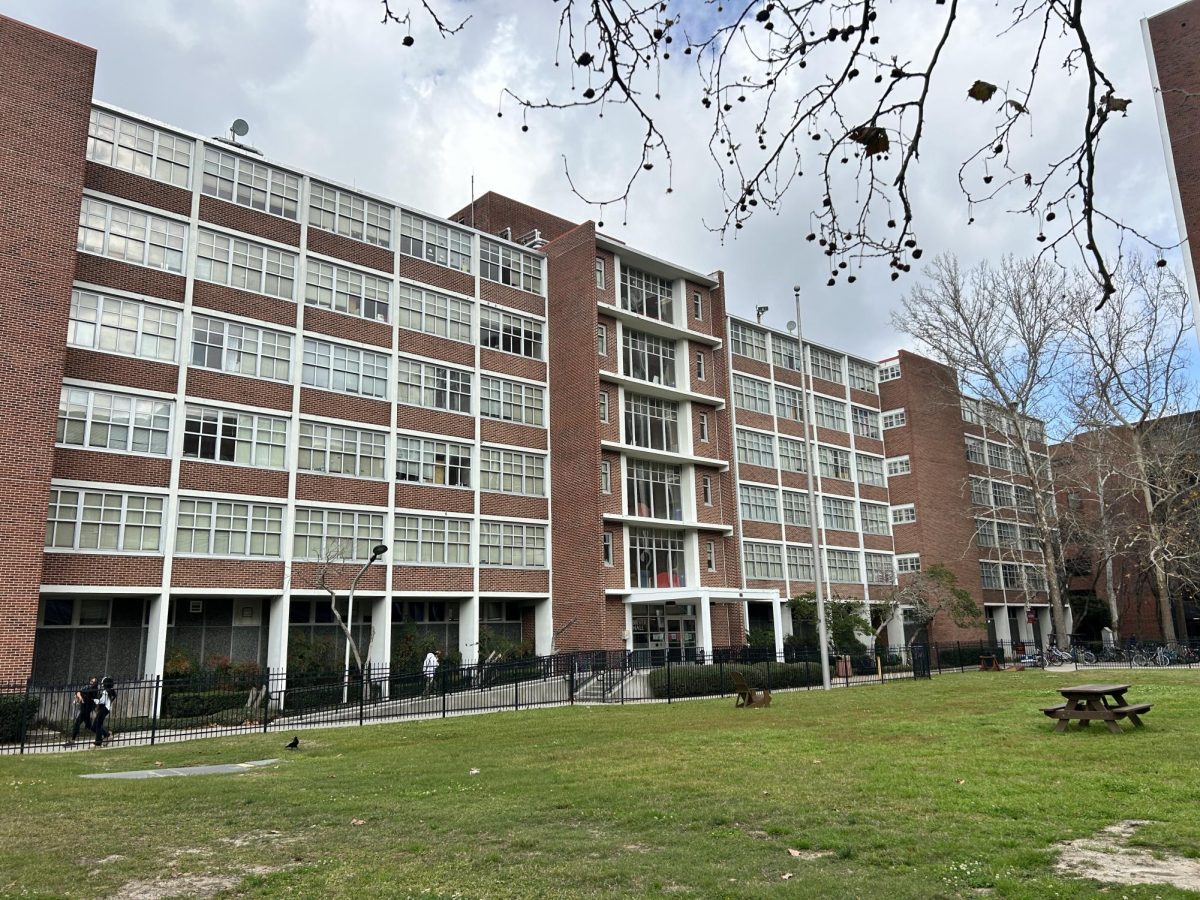Amidst growing challenges surrounding discourse of diversity, equity, and inclusion initiatives and bias within the media, three prominent, national journalism associations discuss trials and tribulations within the industry
Loyola recently hosted the presidents from the National Association of Black Journalists, the National Association of Hispanic Journalists, and the Asian American Journalists Association to discuss challenges and strategies for promoting diversity, equity, and inclusion in the media industry.
They addressed concerns about attacks on DEI initiatives and the need for continued financial support for their organizations’ work. The leaders outlined their efforts to assist journalists facing layoffs and develop pathways for professionals of color to ascend into leadership positions.
In addition, they highlighted their collaborative work to combat media bias, address harmful stereotypes, and advocate for accurate representation of diverse communities. They also offered advice to young journalists of color entering the field, underscoring their organizations’ enduring commitment to fostering a more inclusive and equitable media landscape.
The discussion covered a range of critical topics, including supporting members through industry layoffs, addressing the lack of diversity in leadership, combating harmful media representation, and ensuring the future strength and relevance of these organizations.
Gregory Lee Jr., Extraordinary Professor of Practice, and Marion M. and John S. Stokes Jr., Visiting Professor in Race and Culture in Media at Loyola moderated the forum.
“This is the first time in a long time that all of the presidents of these journalism associations are meeting together,” said Lee, also a former president of the National Association of Black Journalists. “The conversation focused on the current state of DEI in the industry, and what the media’s individual and collective responsibilities are, specifically with regard to advocacy and continued support.”
All three presidents emphasized the importance of proactively building and maintaining strong relationships with news leaders and funders.
NABJ President Ken Lemon discussed their strategy of engaging with media executives during their annual convention to foster lasting connections.
“The first thing that we did is I opened up my suite all day long. We had the president of ABC Music. We had CNN, TNN, the New York Times… What we wanted to do is make sure that we build lasting, strong relationships,” Lemon said.
NAHJ President Dunia Elvir emphasized that the relationship between their organizations and media companies is one of mutual need. Journalists provide essential services, and media outlets require diverse perspectives and talent.
“Having this community, understanding that these organizations mobilize hundreds of journalists, they need us as much as we need them,” Elvir said.
AAJA President Nicole Dungca acknowledged the challenges posed by attacks on DEI programs but emphasized the strong, longstanding history and support networks within their organizations.
Each president said they remain vigilant and committed to their mission.
“We don’t think the support disappears overnight,” Dungca said. “But of course, when we see attacks on diversity, equity, and inclusion, we must be vigilant about how that may affect organizations like ours.”
Despite external pressures, they said, many in the industry continue to recognize the inherent value and necessity of diversity at all levels.
“It’s surprising that the response we get is that many people believe diversity is necessary at the highest level,”Lemon said.
The organizations are also actively providing resources to members who have been laid off, including hardship memberships and connecting them with recruiters at conventions.
“We’re offering memberships to help them be visible in front of recruiters at the convention, both before and during the event, to ensure they are seen and connected,”Elvir said.
The presidents emphasized the importance of having diverse members in leadership roles within media companies and stressed how crucial it is to ensure that layoffs do not disproportionately affect journalists of color.
“We need people in the room thinking about diversity, so that they’re aware of how not to disproportionately impact various populations,”Dungca said.
Lemon said NABJ emphasized the importance of understanding industry trends and proactively communicating with members about potential challenges. They also opened their grant process early to assist those affected by layoffs.
“One of the first things we did was not wait for an NABJ grant,” he said. “We opened it up at the beginning of the year.”
All organizations are focused on building a diverse pipeline of journalists, from high school to leadership levels, through various programs and initiatives.
“One of the biggest things AAJA does is ensure that pipeline exists, because leaders are often tapped for roles based on the great work they’ve done from the very start of their careers,” Nicole Dungca said.
NABJ established a leadership academy to equip mid-career journalists with the skills and knowledge necessary to advance into executive roles.
“We have a leadership academy that prepares department heads and vice department heads to be publishers, general managers, and leaders of operations,”Lemon said.
“Last year, we started the Adelante Academy, a cohort for members gaining leadership skills in a six-month, intensive program at Columbia University,” Dunia Elvir said.
They have established committees and initiatives to monitor media coverage for stereotypes, inaccuracies, and offensive language, actively calling out instances of harmful representation.
“At AAJA, we have a media watch committee that monitors potentially insensitive terms,” Nicole Dungca said.
They are also addressing systemic issues within media organizations that lead to harmful representation, such as problematic automated image selection systems.
NAHJ educates journalists on the appropriate terminology to use when referring to marginalized communities, such as “undocumented immigrants” instead of “illegal aliens.”
Each president expressed a strong sense of resilience and determination to overcome current challenges, and are actively supporting student chapters, like the ones at Loyola providing resources and strategies to help them navigate challenges and develop the next generation of diverse journalists.




